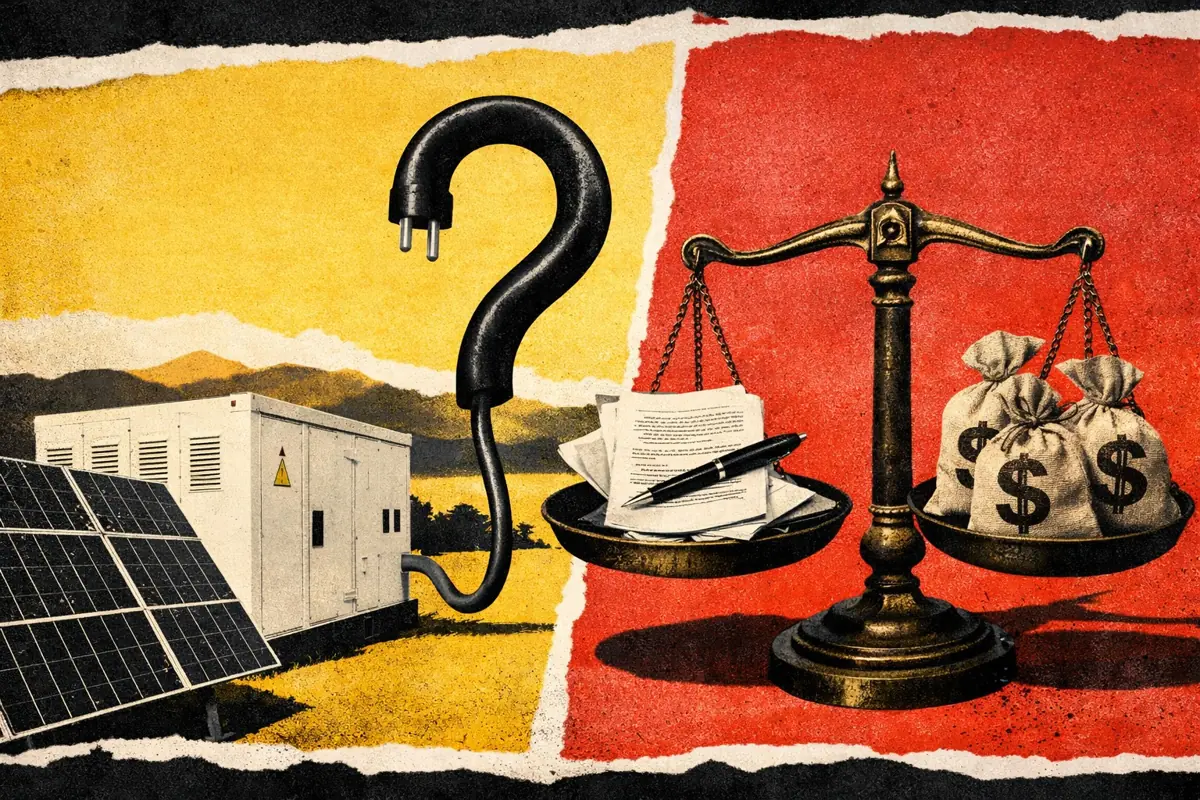Battery energy storage in ERCOT’s Real-Time Market: What’s changing?
Battery energy storage in ERCOT’s Real-Time Market: What’s changing?
So far in 2024, 26% of battery energy storage revenues in ERCOT have been earned via Energy arbitrage - up from just 15% in 2023.
But what’s behind this increase?
More battery energy storage capacity is free from Ancillary Service commitments
As the buildout of batteries in ERCOT has continued, Ancillary Service prices - relative to Energy prices - have declined.
With increased competition in the Ancillary Service markets, more battery energy storage capacity is available for Real-Time Energy dispatch.

With more capacity available in Real-Time, batteries have consistently provided more output to the grid.
In fact, in the most recent thirty days of operations, the peak 15-minute total net output of all battery energy storage systems averaged nearly 1.5 GW.

Across the same thirty-day period last year, the average peak net output was less than 400 MW, representing an increase of more than 4x.
Real-Time Energy prices are also key in determining how much storage is dispatched. In order for a battery - or any other type of generation - to be dispatched by ERCOT’s economic dispatch, its Energy Offer Curve must be at or below the Energy price at its location, otherwise known as the Locational Marginal Price.
So, how do Real-Time prices in the last thirty days compare to prices over the same period last year?
Real-Time prices in the last 30 days are significantly lower than the same time last year
Real-Time Energy prices averaged just $26/MWh in the most recent 30 days of operations. This is a 69% reduction from the average of $84/MWh over the same period last year.

Prices in July and August of 2023 were substantially higher than to this point in 2024.
However, on an average day, battery energy storage systems increased their peak net output by more than 4x.
For batteries to provide substantially more output to the grid in 2024, they would have needed to offer capacity into the Real-Time Market at much lower prices.
Modo subscribers can read the rest of the report below to learn:
- How battery energy storage Energy Offer Curves compare to other technology types.
- The differences in Energy Offer Curves among different battery energy storage owners.
- And how those offer curves have changed since last year.
How do the Energy Offer Curves of battery energy storage systems stack up to other technology types?
Batteries in ERCOT offer to sell energy in the Real-Time Market at a price higher than most other generation types.
Already a subscriber?
Log in







